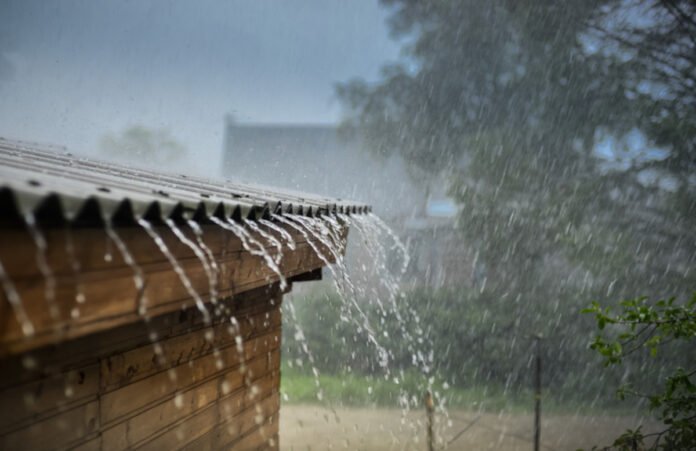The India Meteorological Department (IMD) has issued a flash flood warning for nine districts of Uttarakhand, cautioning residents and authorities to prepare for intense rainfall, thunderstorms, and the risk of sudden flooding within the next 12 hours. The alert covers key hill districts including Dehradun, Chamoli, Nainital, and Pauri Garhwal, all of which are highly vulnerable to monsoon-related disasters.
Rising Concerns After Recent Disasters
The latest alert comes close on the heels of a series of natural calamities that have hit the hill state this monsoon season. Earlier this month, Tharali in Chamoli district experienced flooding, while Uttarkashi reported multiple landslides that disrupted road connectivity and damaged homes. The back-to-back incidents have raised concerns about the state’s ability to cope with extreme weather events, particularly as rainfall intensifies in August.
Government and District-Level Preparedness
Following the IMD’s advisory, the State Disaster Management Authority (SDMA) has instructed district administrations to remain on high alert. Local authorities have been asked to:
-
Monitor rivers and streams closely for sudden surges.
-
Issue timely public warnings in vulnerable areas.
-
Keep disaster response teams and equipment ready for deployment.
-
Identify and prepare safe shelters in case of evacuations.
District magistrates have been tasked with ensuring that early-warning messages are communicated to remote villages, where access to real-time weather updates is often limited.
Vulnerability of Hill Districts
Experts highlight that the combination of steep terrain, fragile Himalayan geology, and expanding human settlements makes districts like Chamoli, Pauri, Rudraprayag, and Uttarkashi particularly susceptible to flash floods and landslides. Nainital and Dehradun, with their dense populations and commercial hubs, face additional risks due to urban flooding.
Environmental specialists have also pointed out that unregulated construction, deforestation, and road widening projects further exacerbate the risk of landslides and flash floods. “Warnings must not only be issued but also translated into preventive action on the ground,” said a Dehradun-based disaster management researcher.
Communities on Edge
Local residents, especially those living near riverbanks and in landslide-prone belts, are being urged to stay cautious. In many villages, gram pradhans and volunteer groups have begun door-to-door campaigns to alert people about the flood risk. Tourists have also been advised to avoid trekking routes and river-side campsites until conditions stabilize.
The state government has assured that adequate arrangements are being made for disaster response. Rescue forces such as the State Disaster Response Force (SDRF) and the National Disaster Response Force (NDRF) remain stationed in sensitive districts to respond to emergencies.
With climate change increasing the frequency and intensity of extreme weather, officials admit that advance preparedness and rapid response will be critical in minimizing damage. For now, Uttarakhand’s hill districts remain on high alert, with residents waiting anxiously to see if the IMD’s warnings translate into another round of disruptive floods and landslides.


























